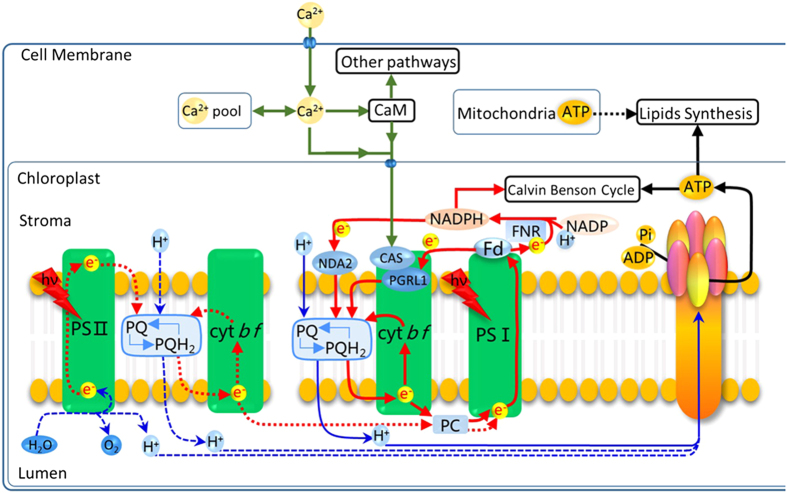Figure 7. Regulation of neutral lipid synthesis in microalgae subjected to N starvation.
When microalgae are exposed to N starvation, photophosphorylation and respiratory oxidative phosphorylation, the main sources of ATP are inhibited and there is a shortage of ATP. The resulting environmental stimuli are recognized by membrane sensors and the sensors activate the Ca2+ channels in the plasmalemma and the membranes of intracellular calcium stores through a series of phosphorylation reactions, all of which result in rapid rises in Ca2+ levels in the cytoplasm. The Ca2+ signals are further transmitted to the chloroplast via interactions with CaM and/or chloroplast-localized CAS to induce the increase of PGRL1-mediated CEF rate around PS I to drive the formation of a transmembrane proton gradient and then activate ATP synthetase to produce more ATP for neutral lipid synthesis, re-equilibrate the ATP/NADPH balance, and recycle excess light energy in photosystems to prevent ROS production.

